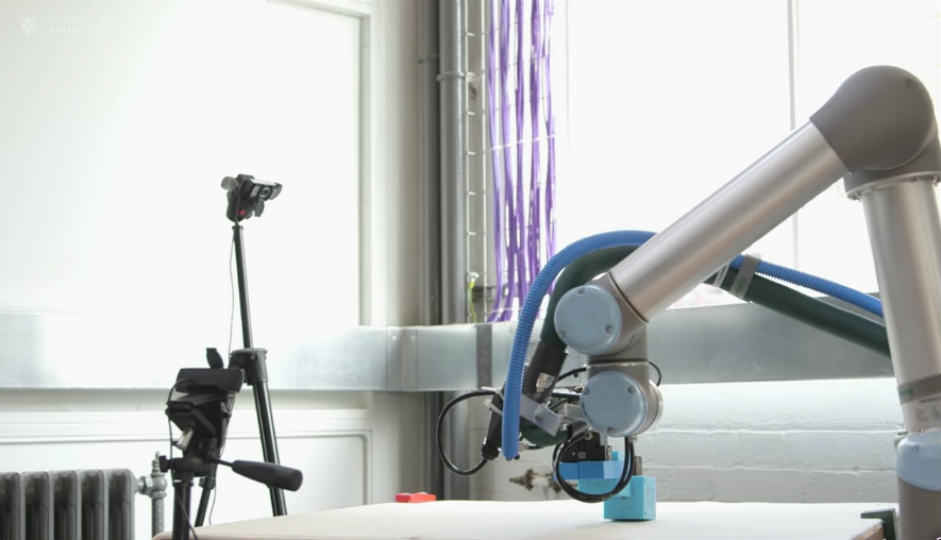
Awwwwwwwwwwwwwwwwwww...........
If you thought that the big, white, and cuddly Baymax from Big Hero 6 was simply adorable, here’s something that is bound to make you go awww. Scientists at the University of Cambridge have created a "mother" robot that can build smaller “baby robots”. And that’s not all. It can also choose the fittest among all its children to survive, while rearranging the rest. This is being heralded as a major achievement in evolutionary robotics.
Nature has always been the biggest source of inspiration for man in pursuit of science. And creation of a new life is probably nature’s greatest feat. Guided by the philosophy of natural selection, the researchers sought to create a robot that can not only reproduce, but nurture its offsprings. In the paper published in PLOS One, the team details how the mother robot was built and the algorithm that has been employed in order for it to create smaller baby robots. The mother robot autonomously builds ten children using blocks and a motor. After analysing how far they are able to move in a given amount of time, the slowest robots are disassembled and redesigned. And it has been seen that at the end of the experiment, the fastest robots were twice as fast as the best performers from the first generation. All of this is carried out by the mama robot without any intervention from humans or computers. It is remarkable as to how, using the laws of natural selection and evolutionary adaptations, the children robots were “taught to be more efficient”. The desirable traits are passed down onto the next generation of robots. “Natural selection is basically reproduction, assessment, reproduction, assessment and so on,” said lead researcher Dr Fumiya Iida.
In a press release, it has been explained how the whole thing mirrors the exact way in which species evolve over time. The techniques used to bring about such evolutionary improvement closely mimic the ones which bring about diversity among living beings. Each of the child robots have an unique “genome” which is determined by a combination of up to five different “genes”. Those genes contain the essential information about the shape, construction and motor commands. Further reshuffling of the blocks result in more efficient and “healthy” baby robots.
We’ve come a long way from ancient automatons, and the first time the word robot was used, was by Karel Chapek in 1921. Over the last couple of decades, research in robotics has picked up considerable momentum. Current trends in robotics are indicative of the growing influence of natural phenomena to inspire ground-breaking research. Conversely, robotics can also help in answering some fundamental questions about life. “One of the big questions in biology is how intelligence came about – we’re using robotics to explore this mystery,” said Iida.
We have had numerous humanoid robots that aimed to mimic human movement and behaviour. But, this has gone a step further by trying to emulate the evolutionary process itself. It seems the day isn’t very far when we can expect to have our own Baymax. But until then, let’s just go awww over these adorable little blocks of cuteness!




